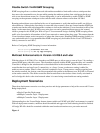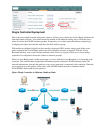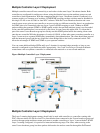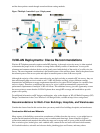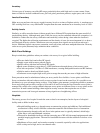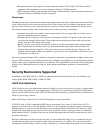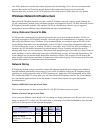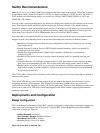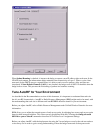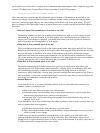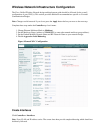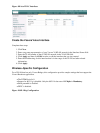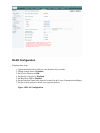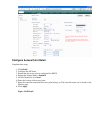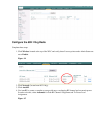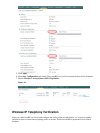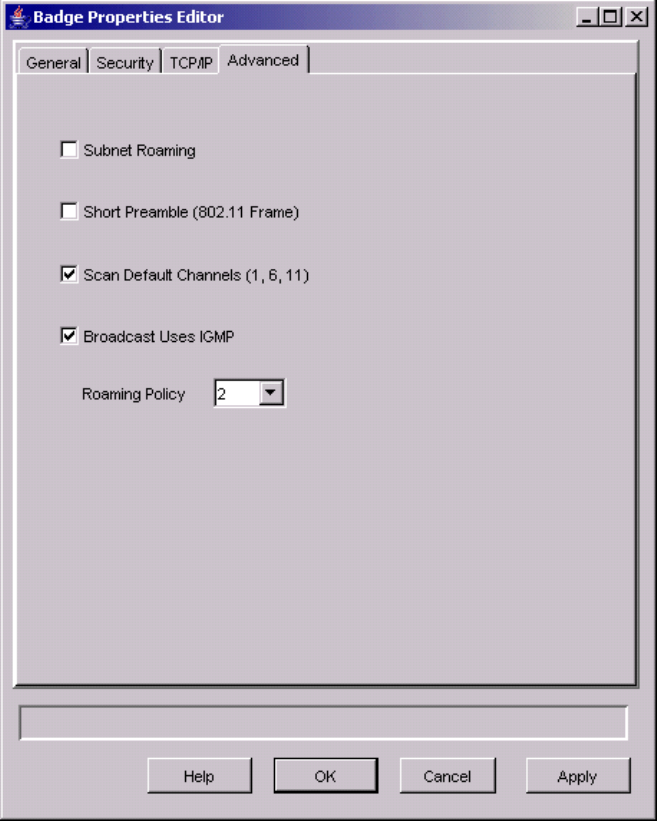
When Subnet Roaming is checked, it instructs the badge to request a new IP address after each roam. In the
LWAPP environment, the infrastructure helps maintain client connectivity at Layer 3. When a voice client
must wait for the DHCP server to respond before it is able to send or receive packets, delay and jitter are
introduced. If Scan Default Channels (1,6,11) is not checked, the badge scans all 802.11b channels when the
badge looks to roam. This prevents the forwarding of packets and seamless roaming.
Tune AutoRF for Your Environment
As described in the Recommendations section of this document, it is important to understand that each site
has it's own RF characteristics. AutoRF or Radio Resource Management (RRM) might need to be tuned, with
the understanding that each site is different and AutoRF/RRM should be tuned for your environment.
Before you adjust AutoRF, refer to Radio Resource Management under Unified Wireless Networks for more
information.
RRM allows you to adjust the transmit power of each access point, by adjusting how strong each access point
hears its third strongest neighbor. This value can only be adjusted from the CLI using the config advanced
802.11b tx−power−thresh command as described in Tx Power Level Assignment Settings.
Before you adjust AutoRF, walk the deployment site using the Vocera badge as worn by the end user and use
a site survey tool in order to gain a strong understanding of how the badge roams and at what power each



